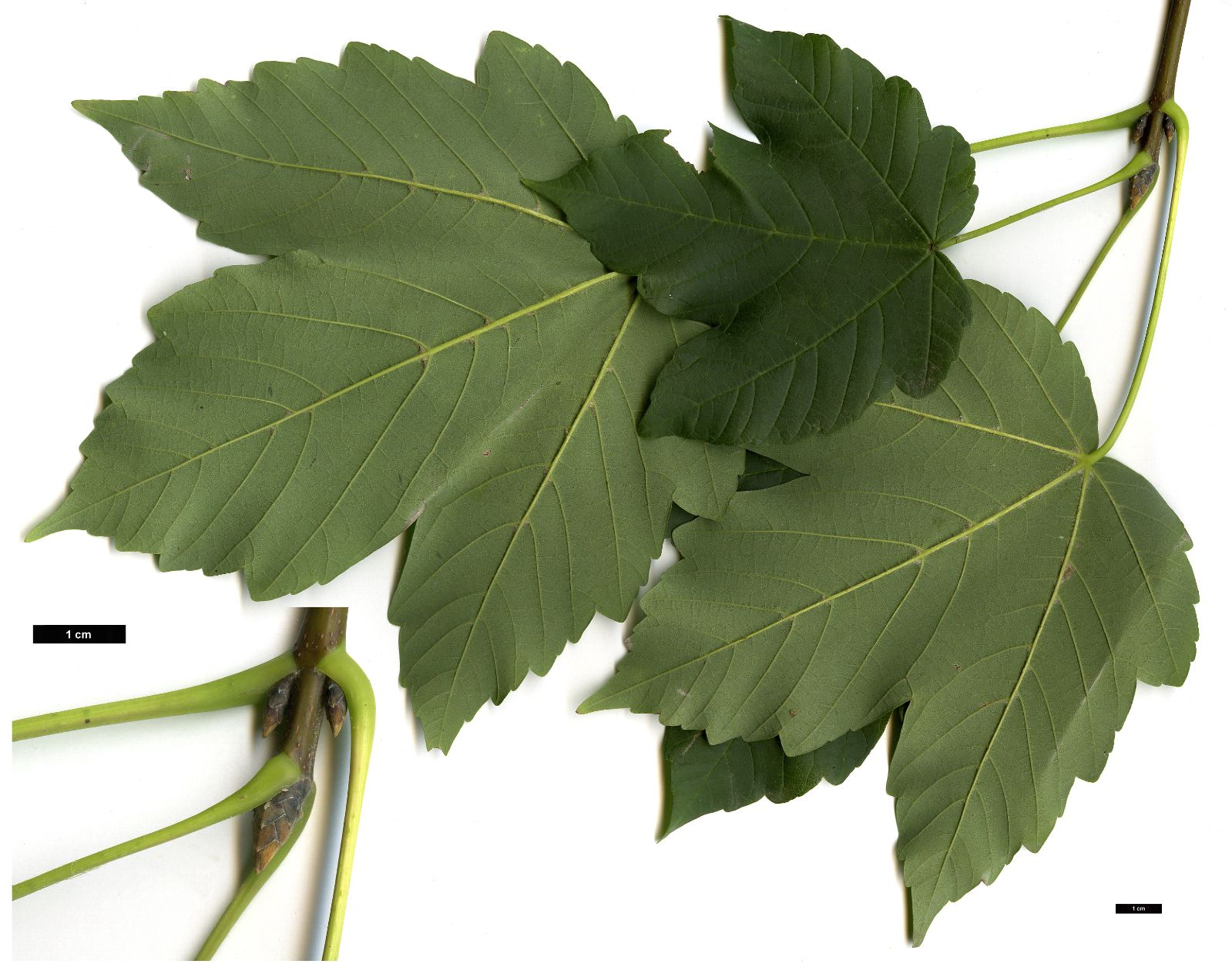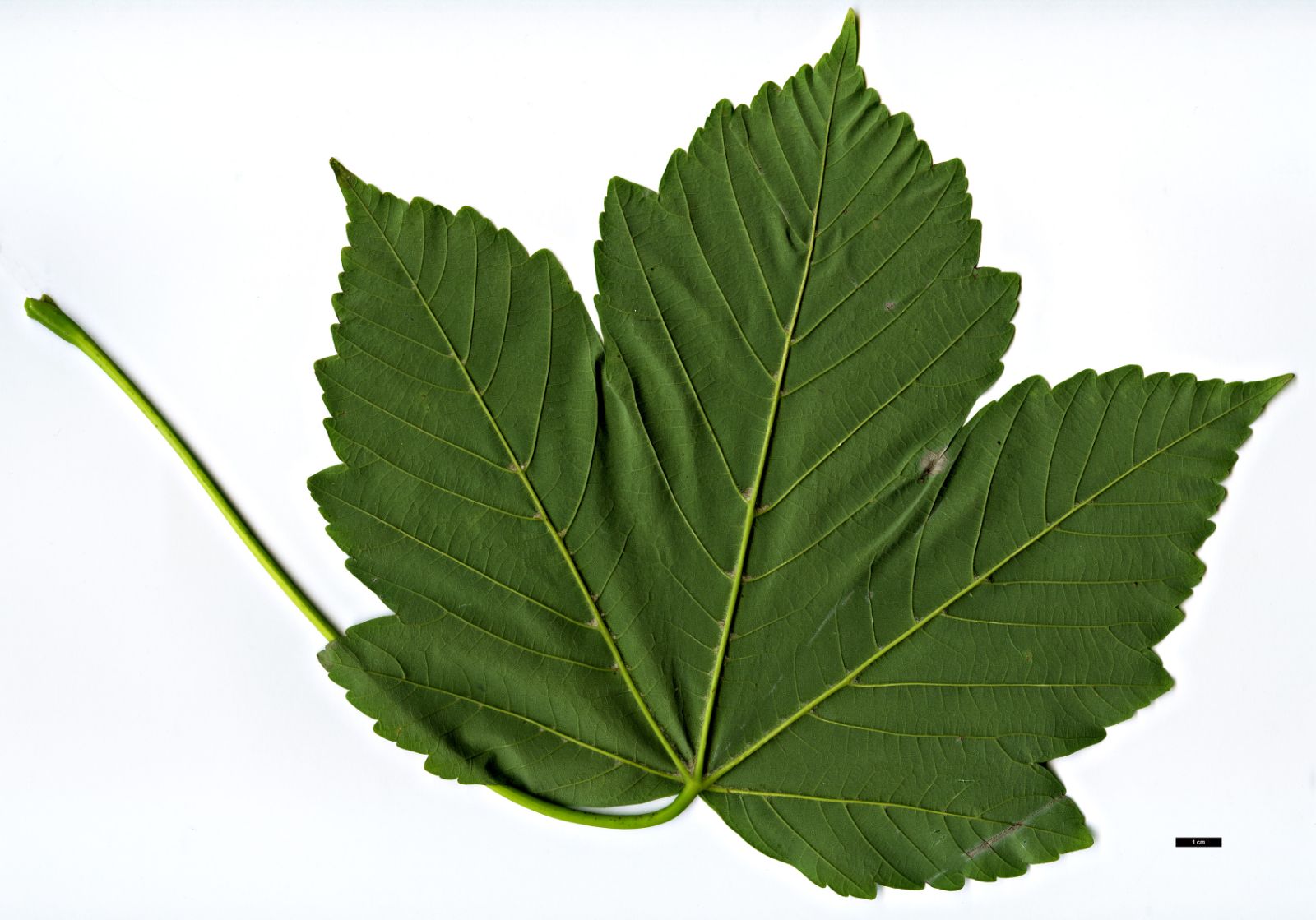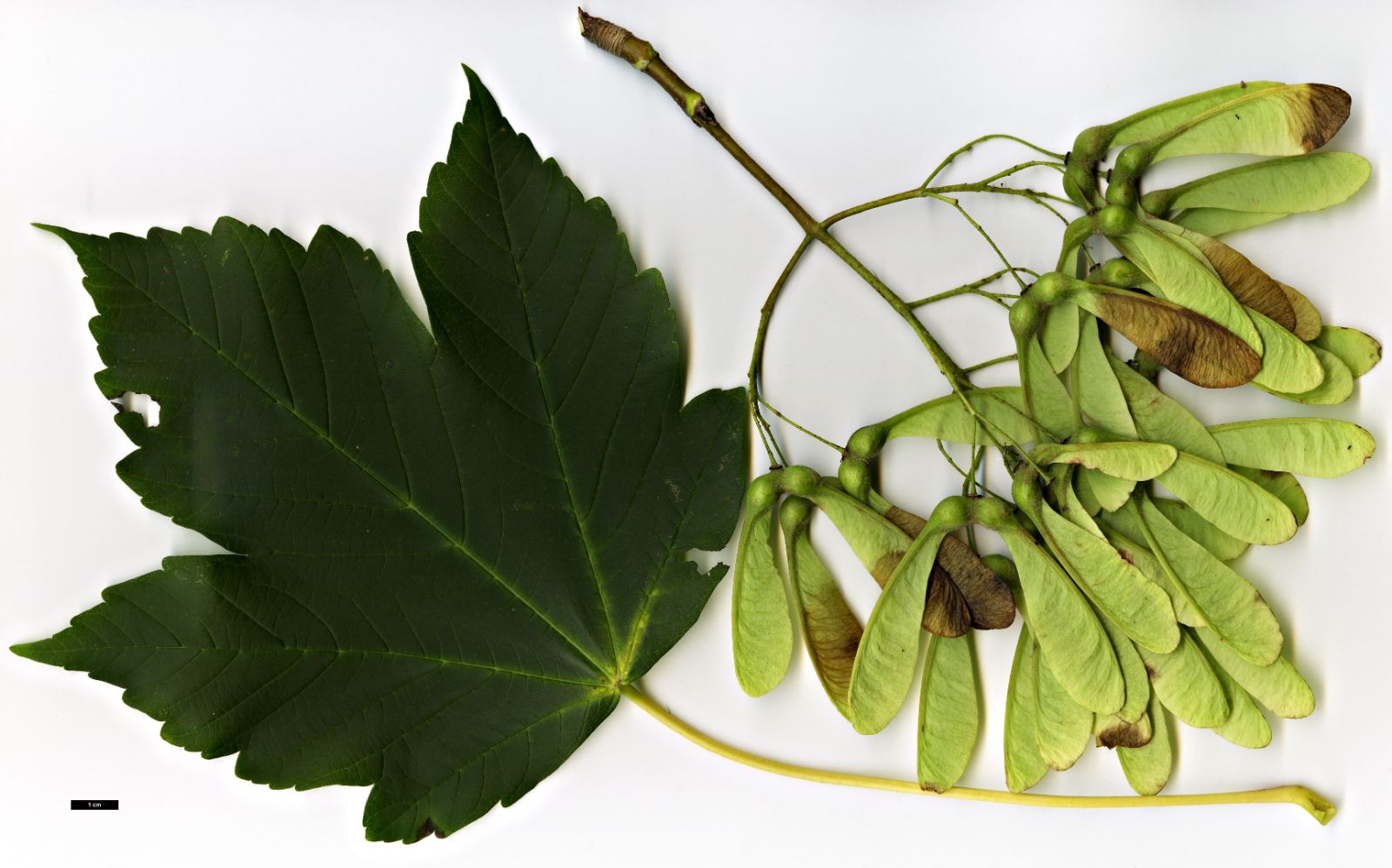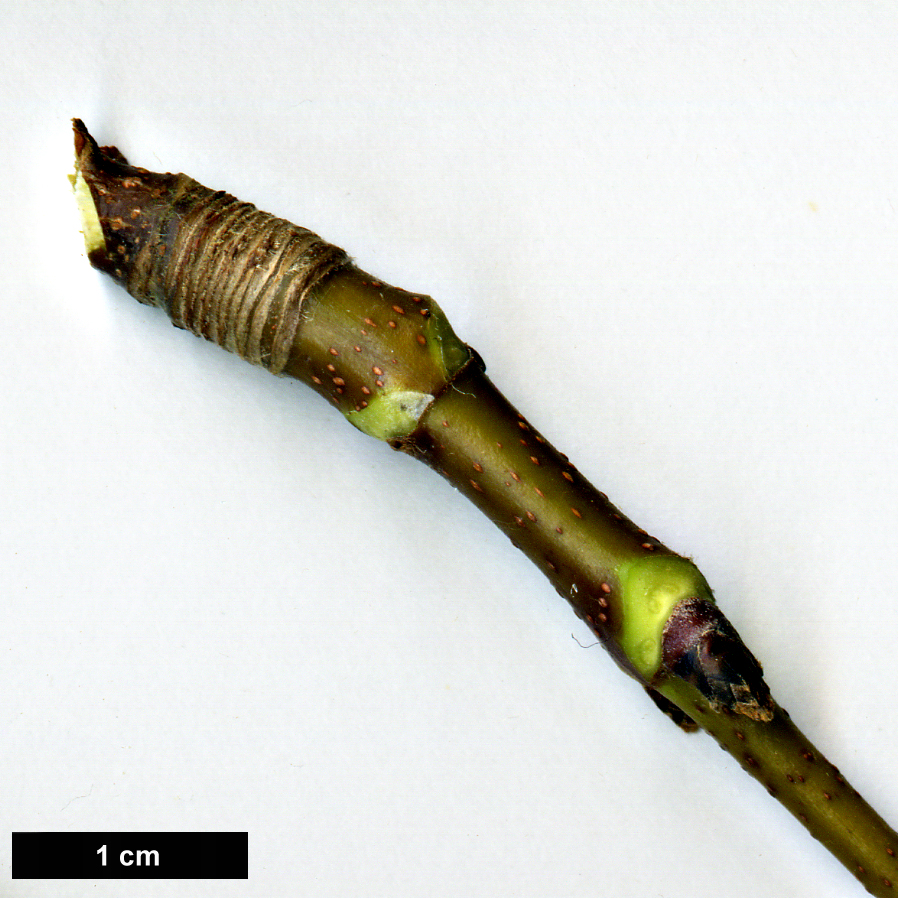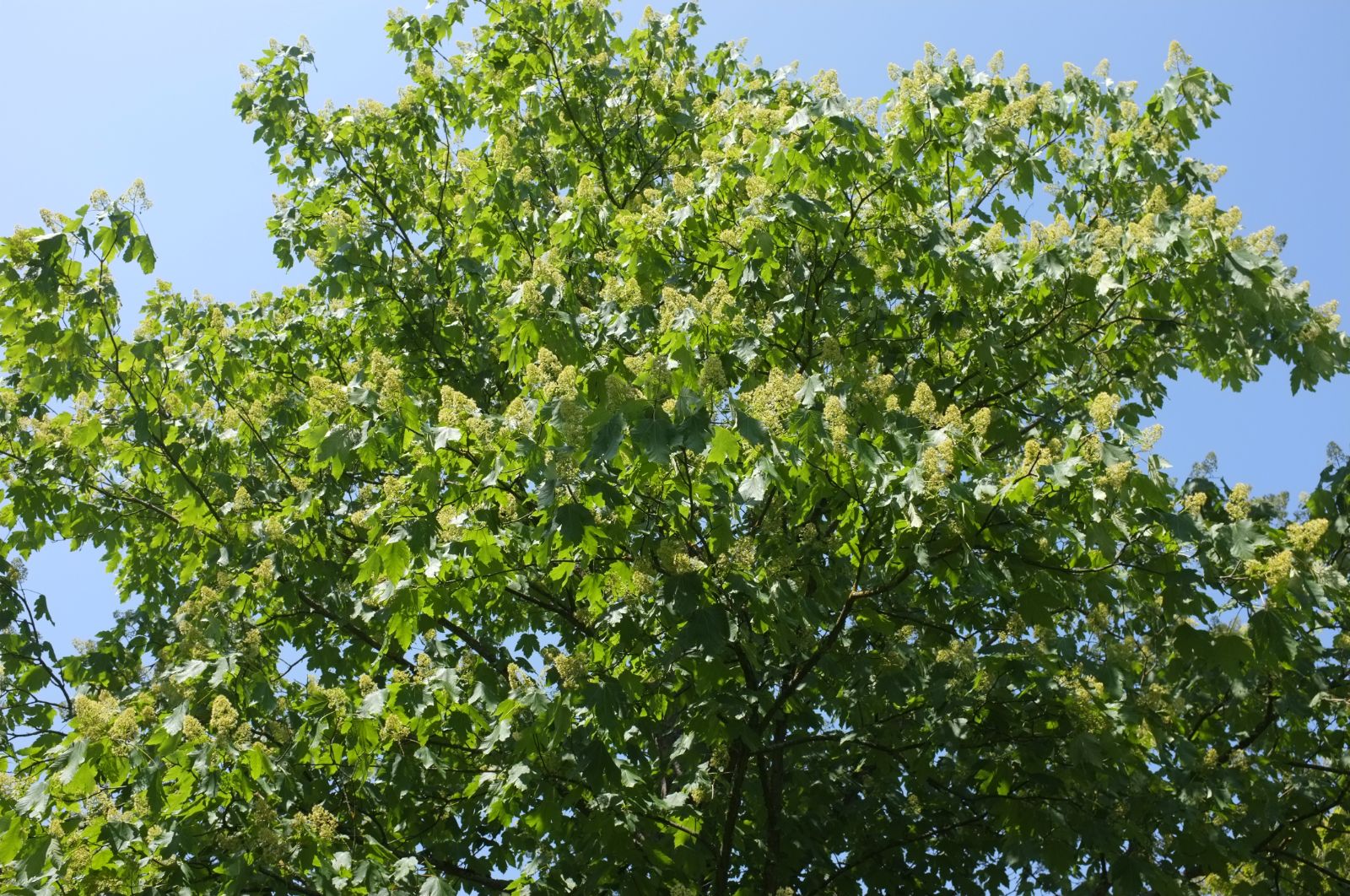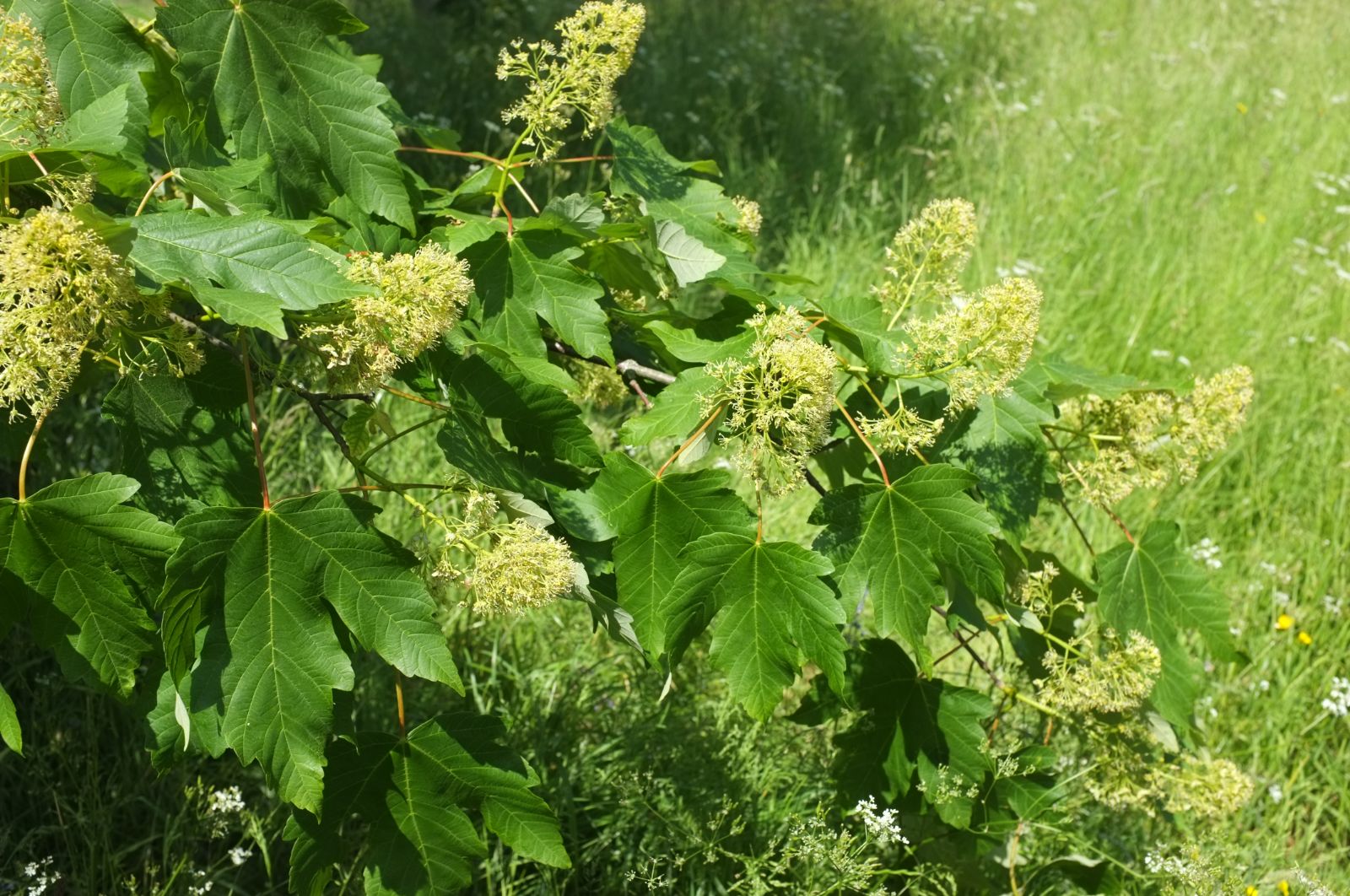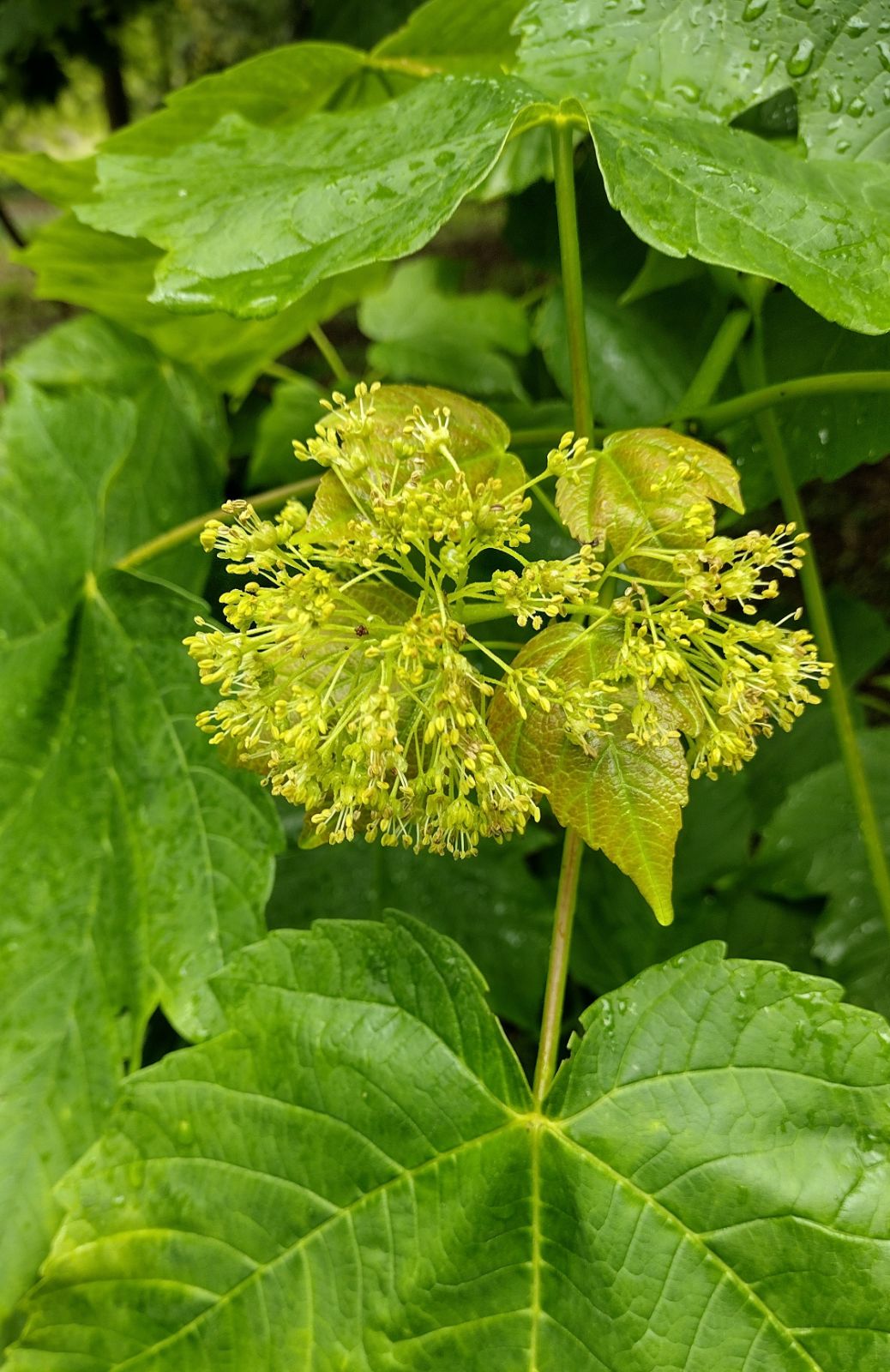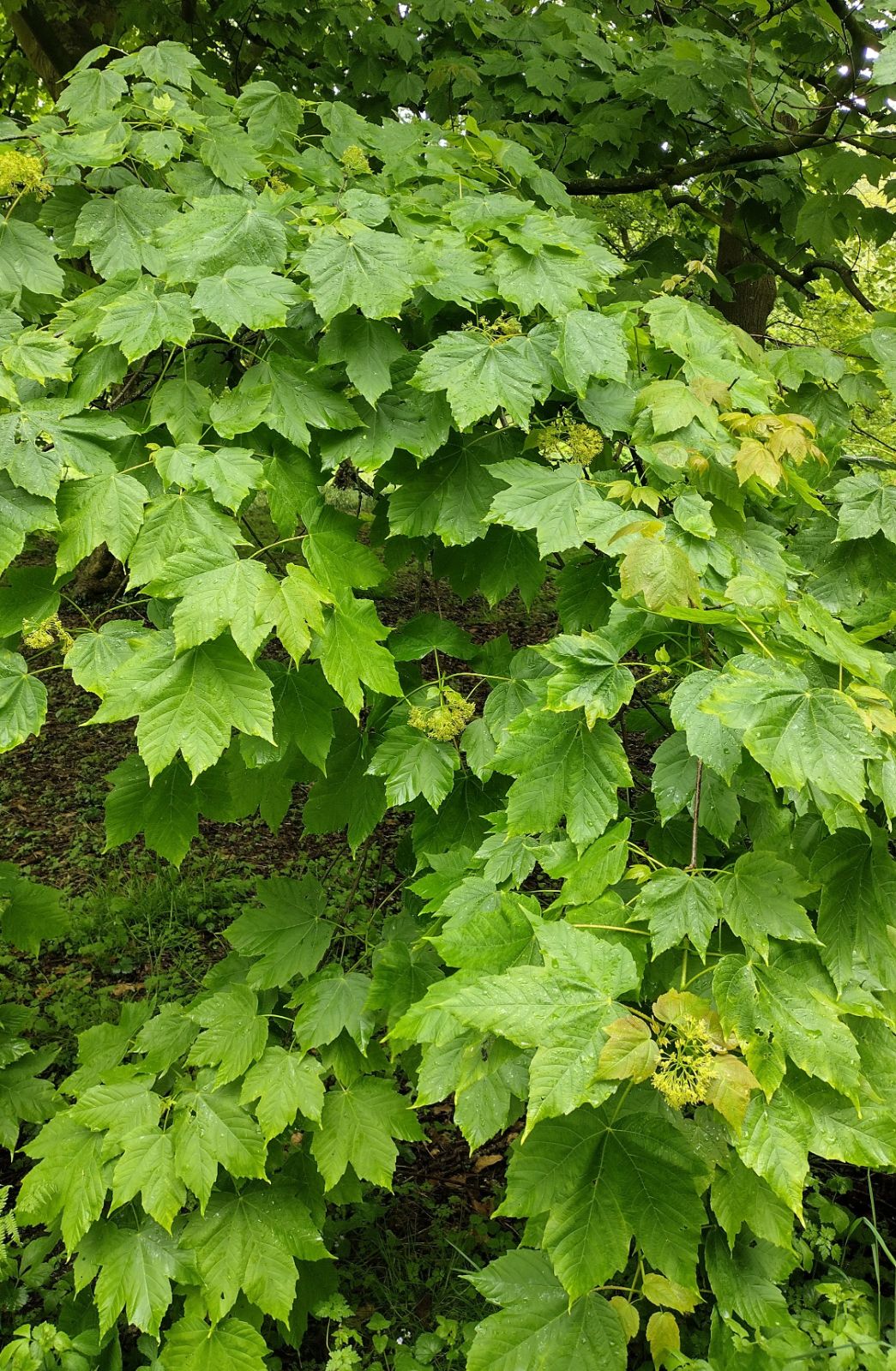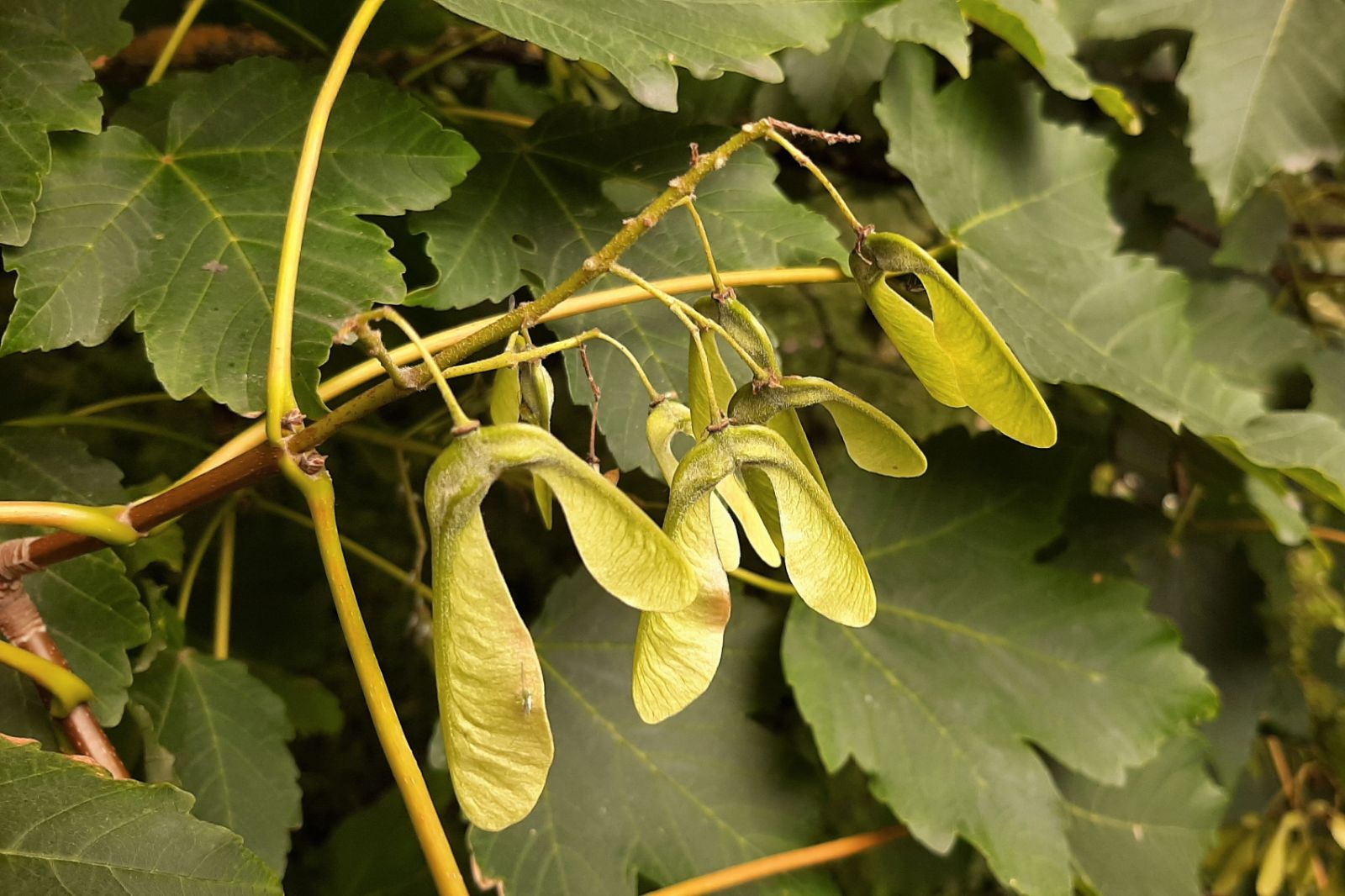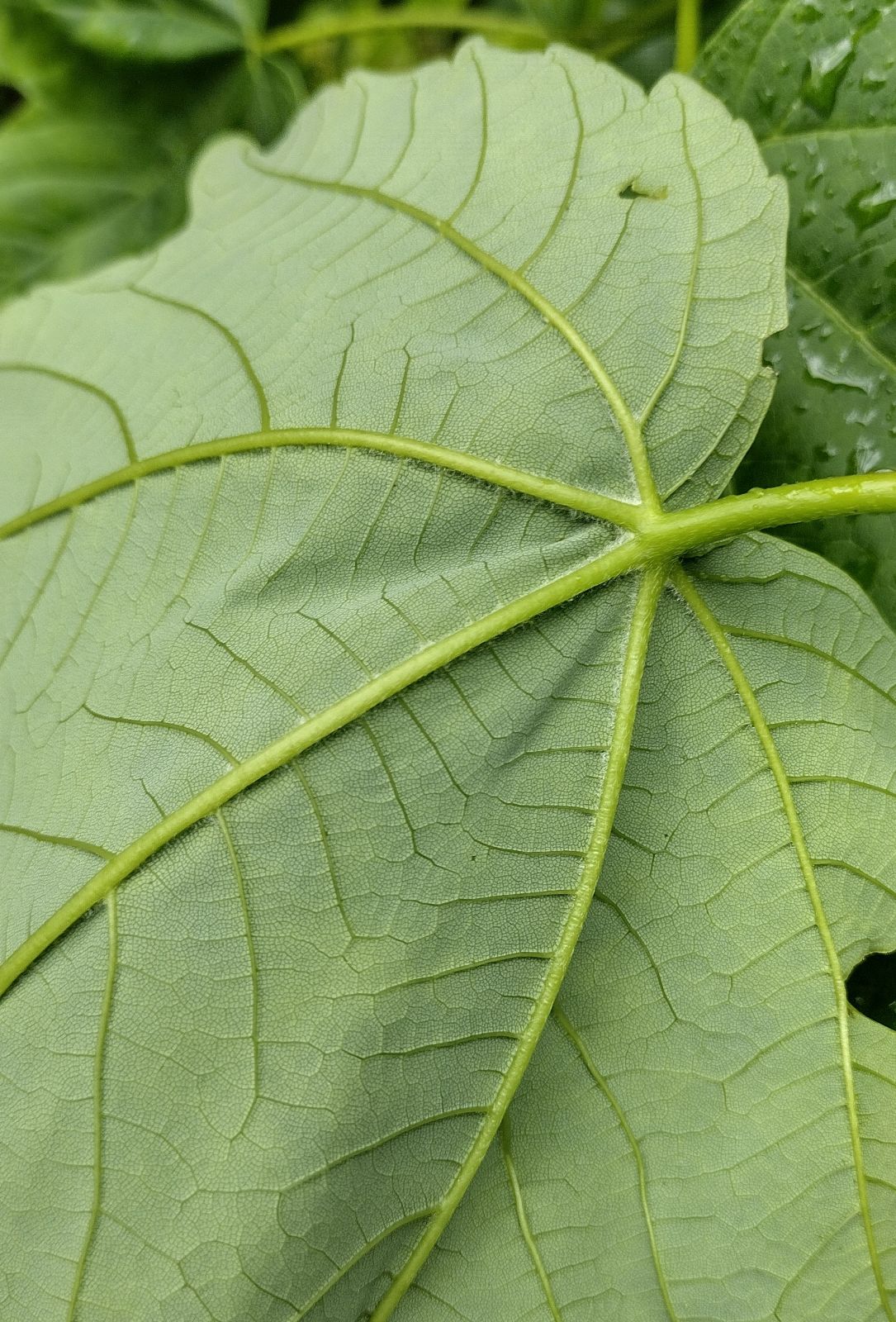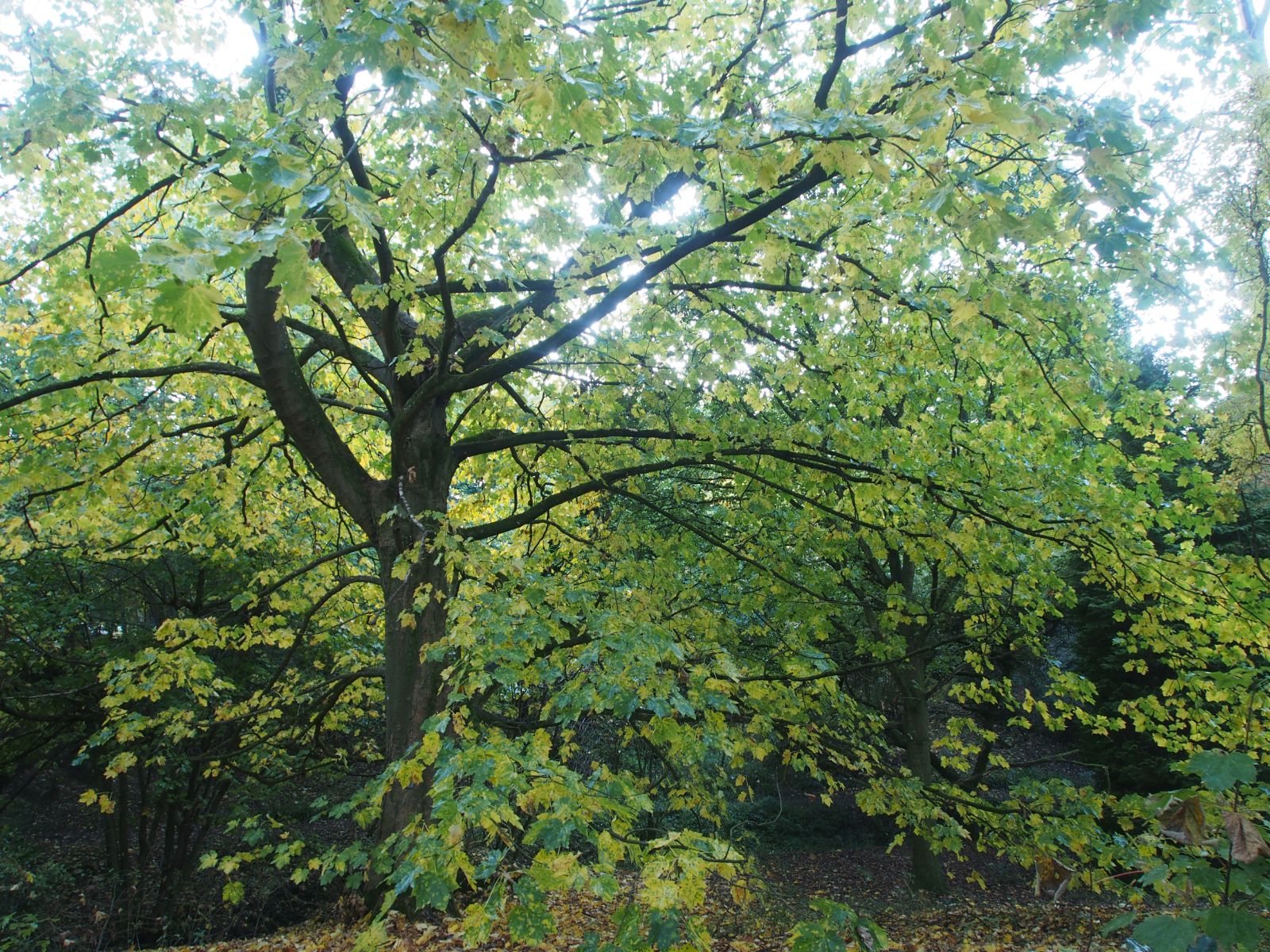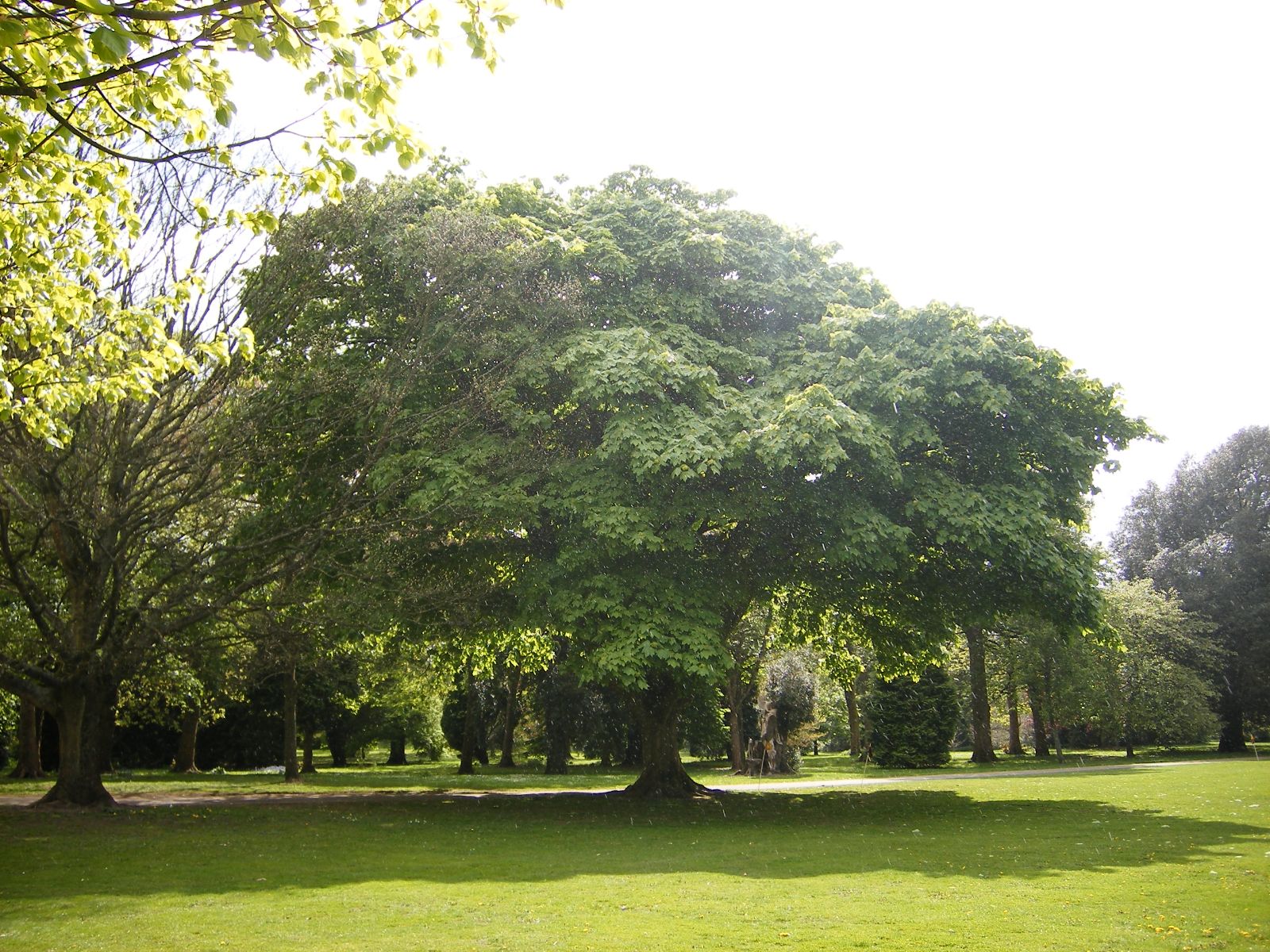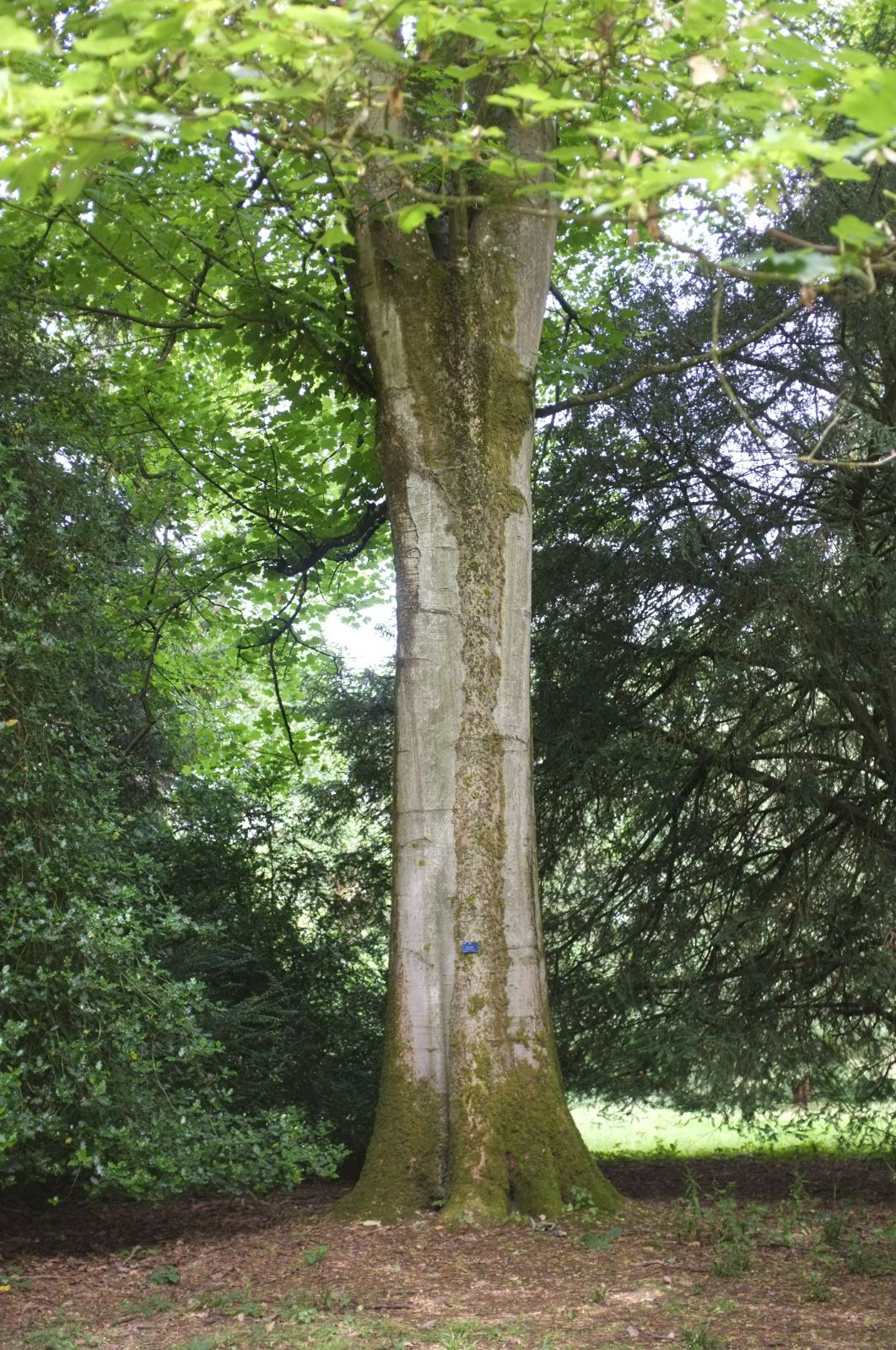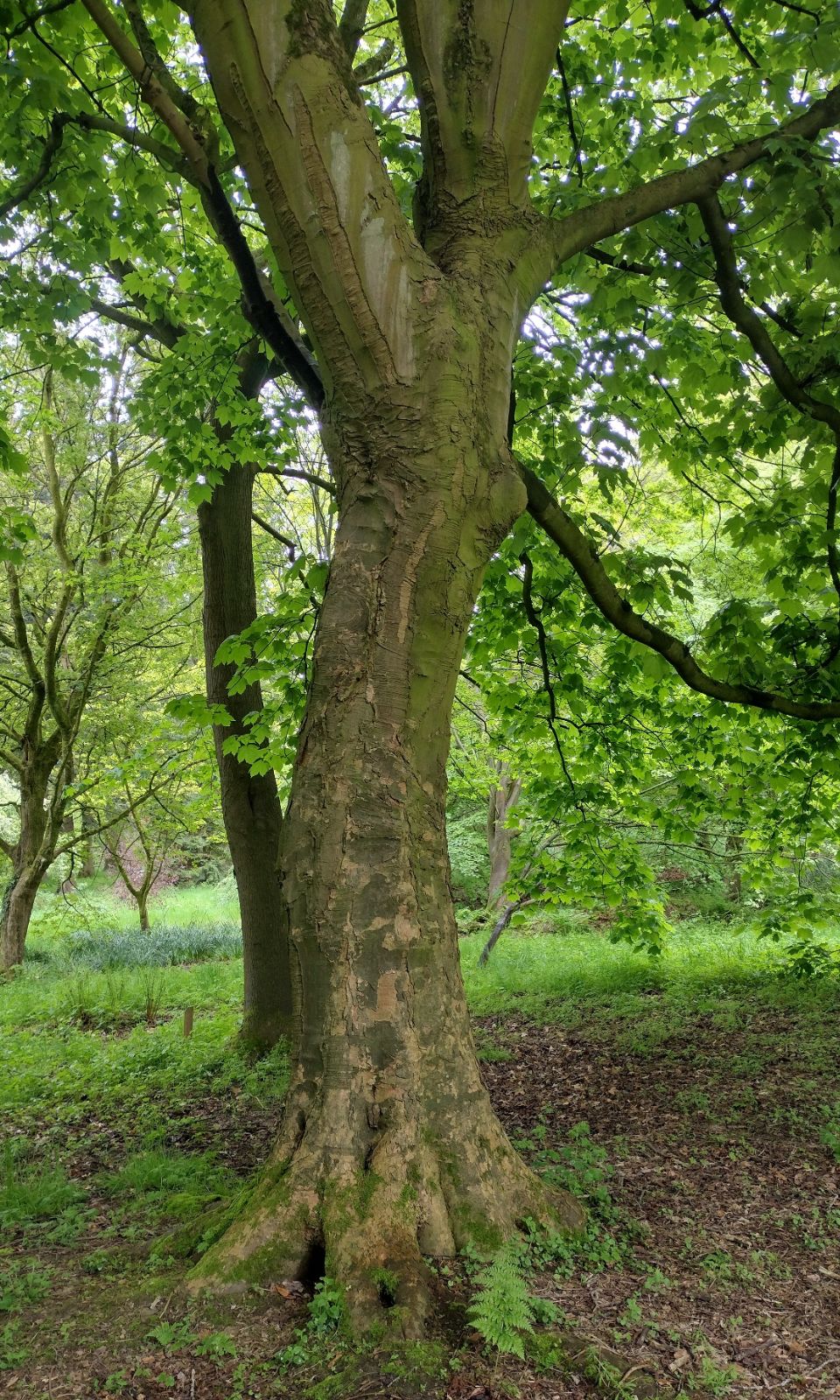Acer velutinum
Sponsor
Kindly sponsored by
The Wynkcoombe Arboretum
Credits
Dan Crowley (2020)
Recommended citation
Crowley, D. (2020), 'Acer velutinum' from the website Trees and Shrubs Online (treesandshrubsonline.
Genus
- Acer
- Sect. Acer
Common Names
- Persian Maple
- Velvet Maple
Synonyms
- Acer insigne Boissier and Buhse, non Nicholson
- Acer velutinum var. glabrescens (Boissier and Buhse) E.Murray
Infraspecifics
Other taxa in genus
- Acer acuminatum
- Acer amplum
- Acer argutum
- Acer barbinerve
- Acer buergerianum
- Acer caesium
- Acer calcaratum
- Acer campbellii
- Acer campestre
- Acer 'Candy Stripe'
- Acer capillipes
- Acer cappadocicum
- Acer carpinifolium
- Acer 'Cascade'
- Acer caudatum
- Acer ceriferum
- Acer chapaense
- Acer chienii
- Acer circinatum
- Acer cissifolium
- Acer × conspicuum
- Acer cordatum
- Acer coriaceifolium
- Acer × coriaceum
- Acer crataegifolium
- Acer davidii
- Acer diabolicum
- Acer distylum
- Acer divergens
- Acer duplicatoserratum
- Acer elegantulum
- Acer erianthum
- Acer 'Esk Flamingo'
- Acer fargesii
- Acer fenzelianum
- Acer flabellatum
- Acer forrestii
- Acer franchetii
- Acer × freemanii
- Acer fulvescens
- Acer 'Gimborn'
- Acer ginnala
- Acer glabrum
- Acer 'Gold Coin'
- Acer granatense
- Acer grandidentatum
- Acer griseum
- Acer heldreichii
- Acer henryi
- Acer × hillieri
- Acer hookeri
- Acer hyrcanum
- Acer japonicum
- Acer kawakamii
- Acer komarovii
- Acer laevigatum
- Acer laurinum
- Acer laxiflorum
- Acer lobelii
- Acer longipes
- Acer macrophyllum
- Acer mandshuricum
- Acer maximowiczianum
- Acer maximowiczii
- Acer metcalfii
- Acer miaotaiense
- Acer micranthum
- Acer 'Mindavi'
- Acer 'Minorient'
- Acer miyabei
- Acer miyabei × campestre
- Acer monspessulanum
- Acer morifolium
- Acer 'Mozart'
- Acer oblongum
- Acer obtusifolium
- Acer okamotoanum
- Acer oliverianum
- Acer opalus
- Acer orientale
- Acer palmatum
- Acer papilio
- Acer pauciflorum
- Acer pectinatum
- Acer pensylvanicum
- Acer pentaphyllum
- Acer pentapotamicum
- Acer pictum
- Acer pilosum
- Acer pinnatinervium
- Acer platanoides
- Acer platanoides × amplum
- Acer platanoides × truncatum
- Acer × pseudoheldreichii
- Acer pseudoplatanus
- Acer pseudosieboldianum
- Acer pubinerve
- Acer pycnanthum
- Acer rubescens
- Acer rubrum
- Acer rufinerve
- Acer saccharinum
- Acer saccharum
- Acer sempervirens
- Acer 'Serpentine'
- Acer serrulatum
- Acer shenkanense
- Acer sieboldianum
- Acer sikkimense
- Acer 'Silver Cardinal'
- Acer 'Silver Ghost'
- Acer sinense
- Acer sinopurpurascens
- Acer spicatum
- Acer stachyophyllum
- Acer taronense
- Acer tataricum
- Acer tegmentosum
- Acer tenellum
- Acer tetramerum
- Acer tibetense
- Acer tonkinense
- Acer triflorum
- Acer truncatum
- Acer tschonoskii
- Acer turkestanicum
- Acer tutcheri
- Acer ukurunduense
- Acer wardii
- Acer 'White Tigress'
- Acer wilsonii
- Acer × zoeschense
A deciduous tree to 25(–40) m the wild. Bark grey, smooth. Branchlets glabrous, purplish-red to brown. Buds long ovoid, with few to many pairs of imbricate scales, grey to brown, ciliate or not. Leaves chartaceous, broadly pentagonal in outline, base cordate, 5-lobed, 10–25 × 15–25 cm, lobes ovate to oblong, dissected to halfway, lateral lobes spreading, basal lobes smaller, apex obtuse to acute, margins coarsely serrate, upper surface dark green, lower surface paler, pubescent or not, often along veins when so; petiole 10–25 cm long, reddish, autumn colours yellow. Inflorescence terminal, corymbose-paniculate, glabrous, erect, many flowered, 8–12 cm long. Flowers yellowish-green, 5-merous. Samaras to 5 cm long, pubescent, wings spreading at acute or right angles; nutlets ovoid. Flowering from May to June, after the leaves, fruiting in October. (Browicz 1982; Krüssmann 1984; van Gelderen et al. 1994; van Gelderen & van Gelderen 1999; le Hardÿ de Beaulieu 2003; Mohtashamian et al. 2017).
Distribution Azerbaijan Georgia Iran
Habitat Mixed forest between zero and 600 m asl.
USDA Hardiness Zone 5-6
RHS Hardiness Rating H6
Conservation status Least concern (LC)
Taxonomic note Several varieties within Acer velutinum have been described, with Pojarkova (1974) treating the most in her account of Aceraceae for Flora of the U.S.S.R., recognising six within that region. van Gelderen et al. (1994) took a more conservative view, treating only two varieties along with the typical form within Acer velutinum: var. glabrescens and var. vanvolxemii. Siahkolaee et al. (2017) then found var. glabrescens to be synonoymous with var. velutinum, leaving us with two varieties in cultivation.
More frequently seen in collections in the form of its var. vanvolxemii, recent introductions of typical Acer velutinum have been made by Ann Ala and Roy Lancaster in 1972 (A&L 12, which was collected as var. glabrescens but that variety is now considered synonymous with the type) who encountered the species in the Caspian forests of Iran growing with Acer cappadocicum, Quercus macranthera, Tilia dasystyla subsp. caucasica and Parrotia persica. One example of Acer velutinum had a girth of 5 m (Lancaster 2017). Hans Fliegner and John Simmons also collected the species from Iran, in 1977 (FLSX 335). Vigorous growers, a specimen of A&L 12 had made a tree of 19 m at the Sir Harold Hillier Gardens, Hampshire by 2013, with FLSX 335 standing at 20 m a year earlier (The Tree Register 2018). A plant of FLSX 335 also grows in the maple collection at RBG Kew. Wild introductions made from Azerbaijan in 2008 are grown at the United States National Arboretum, Washington D.C, under AZB 2008–168 and 2008–168. The species is used as a street tree in some Russian cities (le Hardÿ de Beaulieu 2003).
In leaf, Acer velutinum looks similar to A. pseudoplatanus, with which it can hybridise (le Hardÿ de Beaulieu 2003). However, the leaves of A. velutinum tend to be larger, with longer, stout petioles. The two are however easily separated by their inflorescences: in A. velutinum they are held erect, while in A. pseudoplatanus they are pendulous.
It is noteworthy that Dirk and Cor van Gelderen (1999), experienced maple nurserymen at Fa. C. Esveld, Boskoop, make a point of recording that seedlings of vars. glabrescens and vanvolxemii encompass all variation within the species, and they recommend vegetative propagation as cultivars for the best.
var. vanvolxemii (Mast.) Rehd.
Common Names
Van Volxem's Maple
Synonyms
Acer vanvolxemii Mast
var. vanvolxemii has leaves larger than the typical variety, up to more than 20 cm across, though this can be variable. They are also glaucous beneath and pubescent along the veins (Bean 1976a).
Distribution
- Azerbaijan
- Georgia
- Iran
RHS Hardiness Rating: H6
USDA Hardiness Zone: 5-6
The form in which Acer velutinum originally arrived in cultivation, var. vanvolxemii was discovered and introduced by the Belgian nurseryman Jean van Volxem who found it in Lagodekhi, Georgia and sent material to RBG Kew about 1873 (Bean 1976a; van Gelderen et al. 1994). An original tree remains in the maple collection there, but this has been rather outgrown by specimens at Westonbirt Arboretum, Gloucestershire, which, arriving as grafted plants on A. pseudoplatanus rootstock, were reportedly planted in 1876 in Silk Wood, forming part of the original maple collection there. Over 140 years on, the trees display an example of as-close-to-perfect grafts as to be found anywhere, with rootstock only distinguishable from scion by virtue of its scaly, mature bark.
Seemingly preferring the moister soils of Westonbirt, these three trees have grown vigorously and were measured at 28, 26 and 26 metres in 2014 (The Tree Register 2018). A tree of the same vintage grows at RBG Edinburgh and measured 17 m in 2014 (The Tree Register 2018). Fine examples also grow at Tortworth Court, Gloucestershire. The variety had made it to North America by 1897 and became available in the trade about a decade later (Jacobson 1996), though records of older plants are scarce here. More recently, material was introduced by James Harris in 1979 (Mitchell 1996), a source of younger plants grown in UK collections.

